
Identity and Access Management (IAM): Where ZKX Helix Fits In
A man-in-the-middle attack involves a malicious actor intercepting packets sent from a user to a secure application. Here is how ZKX Helix can help prevent them.

A man-in-the-middle attack involves a malicious actor intercepting packets sent from a user to a secure application. Here is how ZKX Helix can help prevent them.
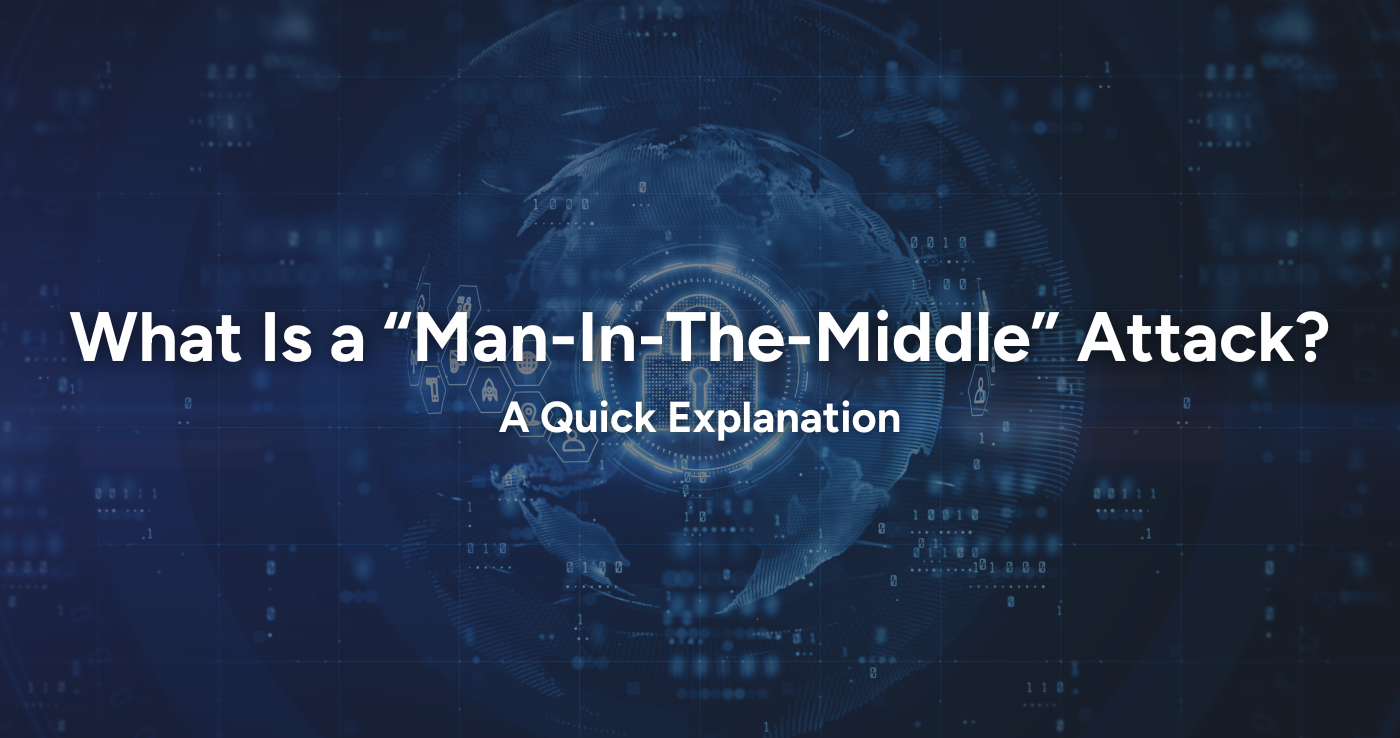
A man-in-the-middle attack involves a malicious actor intercepting packets sent from a user to a secure application. Here is how ZKX Helix can help prevent them.
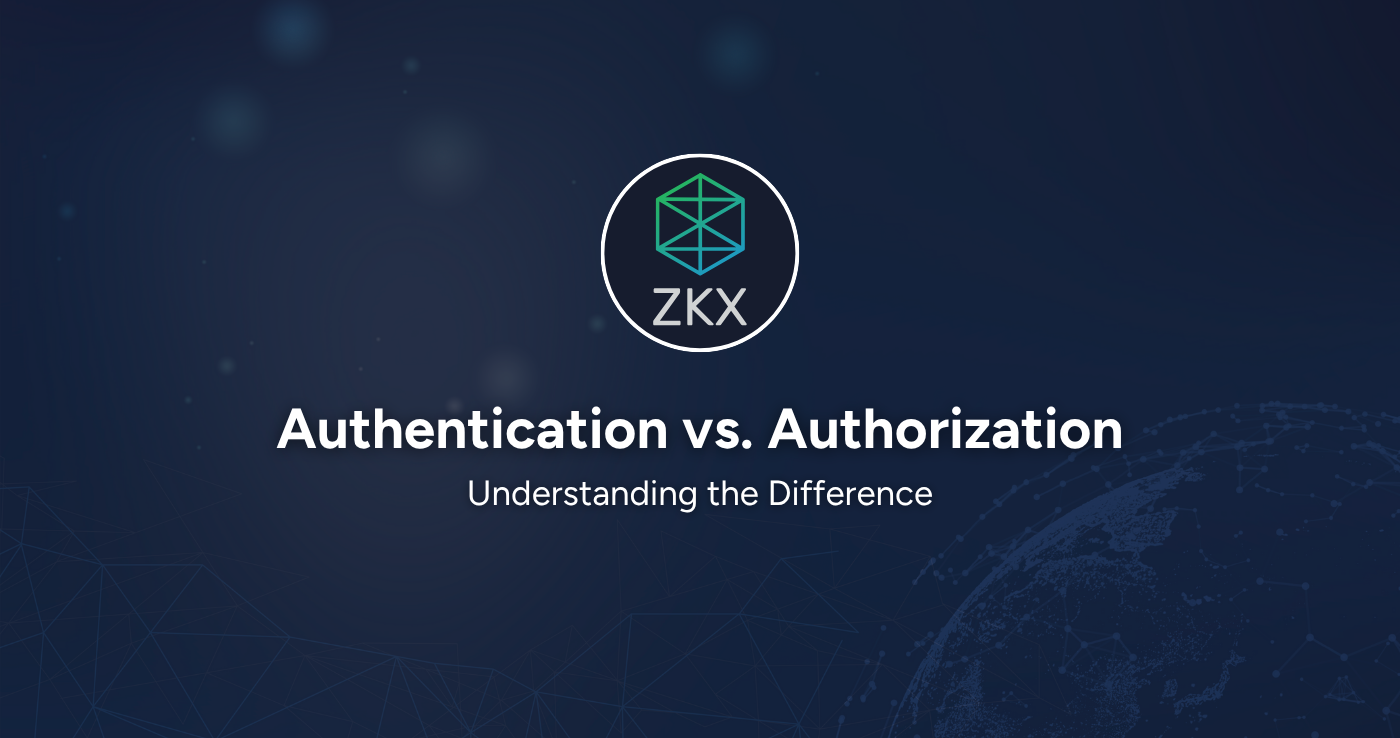
Understanding their difference between authentication and authorization is very important when implementing security in a system. Here we explain the differences you need to know.
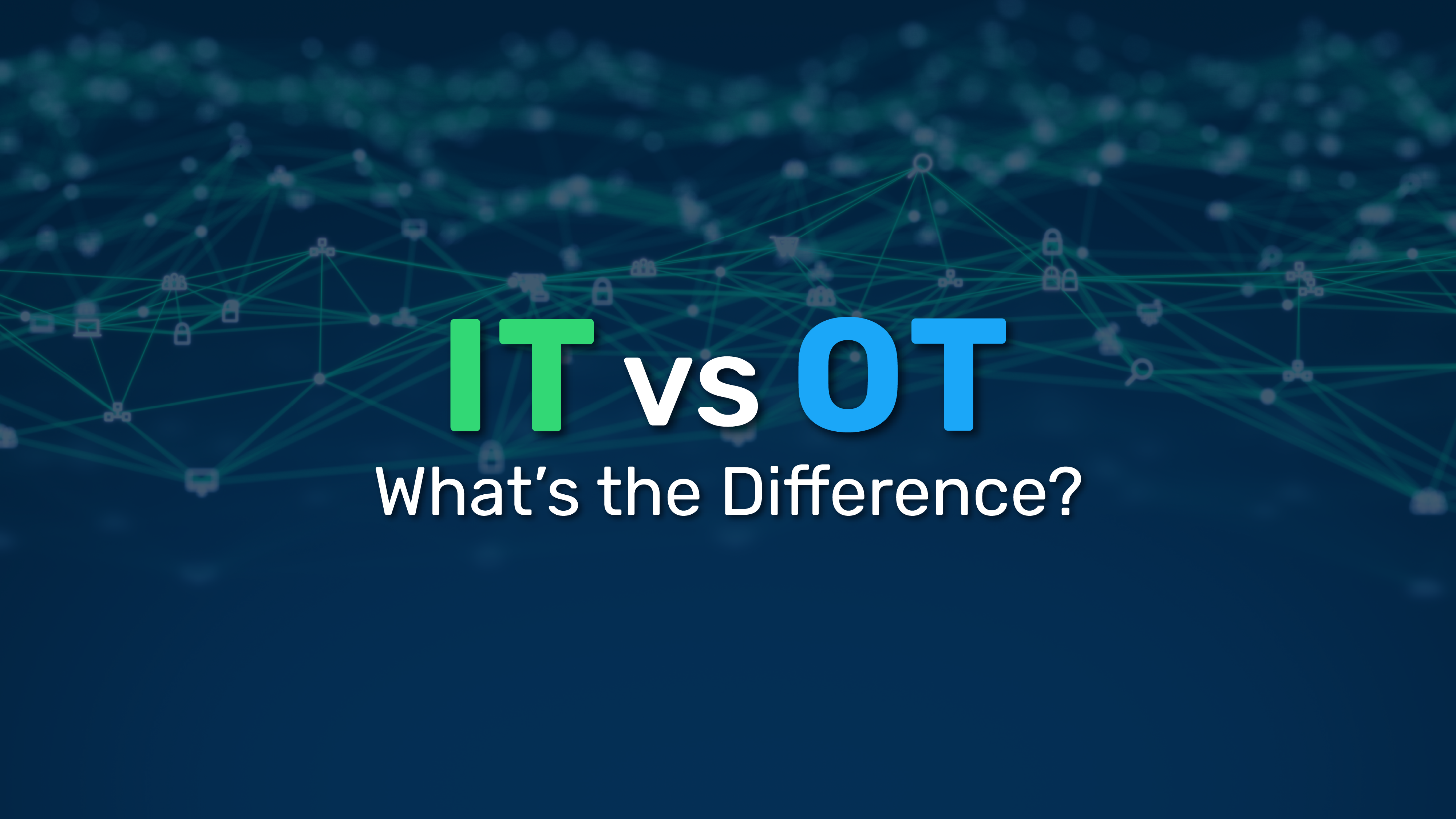
Multi-factor authentication (MFA) is one of the most effective ways to secure systems against unauthorized access. Our authentication platform is specifically designed to handle both IT and OT environments, delivering flexible, precise, and secure multi-factor authentication tailored to the unique priorities and constraints of each environment.
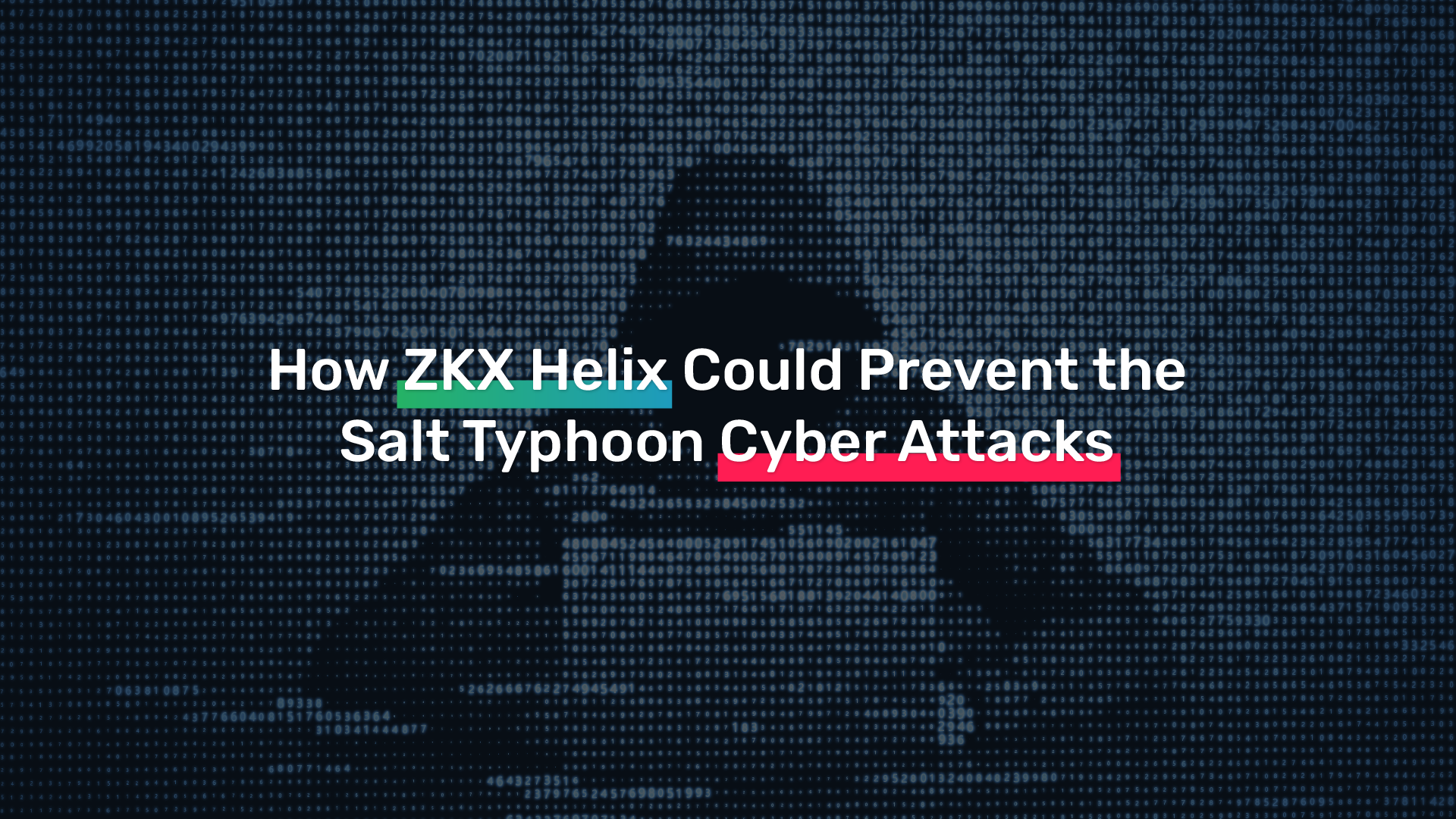
The Salt Typhoon cyber attacks have been some of the most consequential this century. ZKX Helix is designed to strengthen exactly the kinds of access controls that Salt Typhoon breached; here’s how.

AT&T has confirmed a data breach of call and text records between May 1, 2022, and October 31, 2022. In this article, we explain how Helix’s patented MFA system would have prevented the data breach and kept customers safe. By utilizing Zero Knowledge Proofs and Zero Trust Policies, bad actors cannot phish login information or crack passwords through traditional methods.
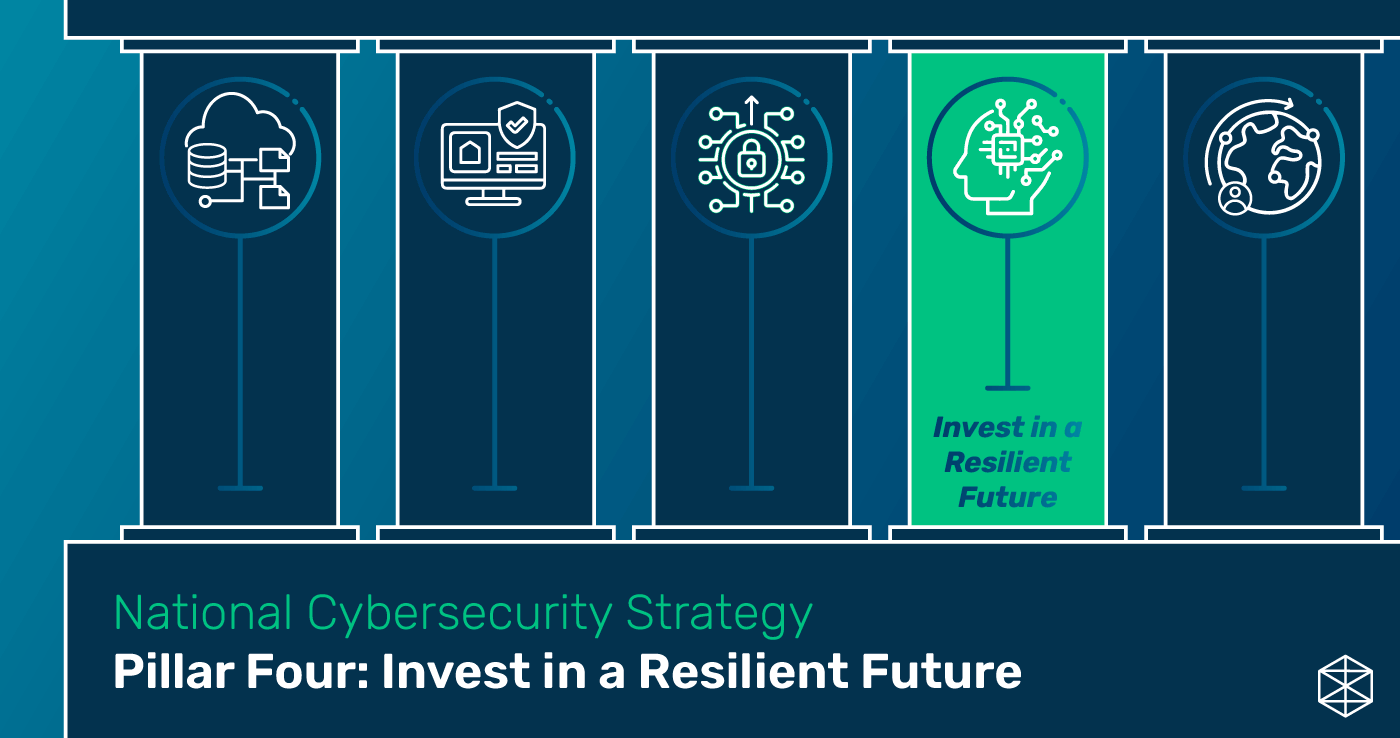
Investments in technology and culture need to be made today to ensure a resilient future. By combining federal and private sector resources, we can leverage investments in R&D, innovation, and education to enhance our digital presence and cyber infrastructure. However, innovation is not enough. Without making cybersecurity a top priority, our innovation and technological advancements are open for infiltration by our adversaries.
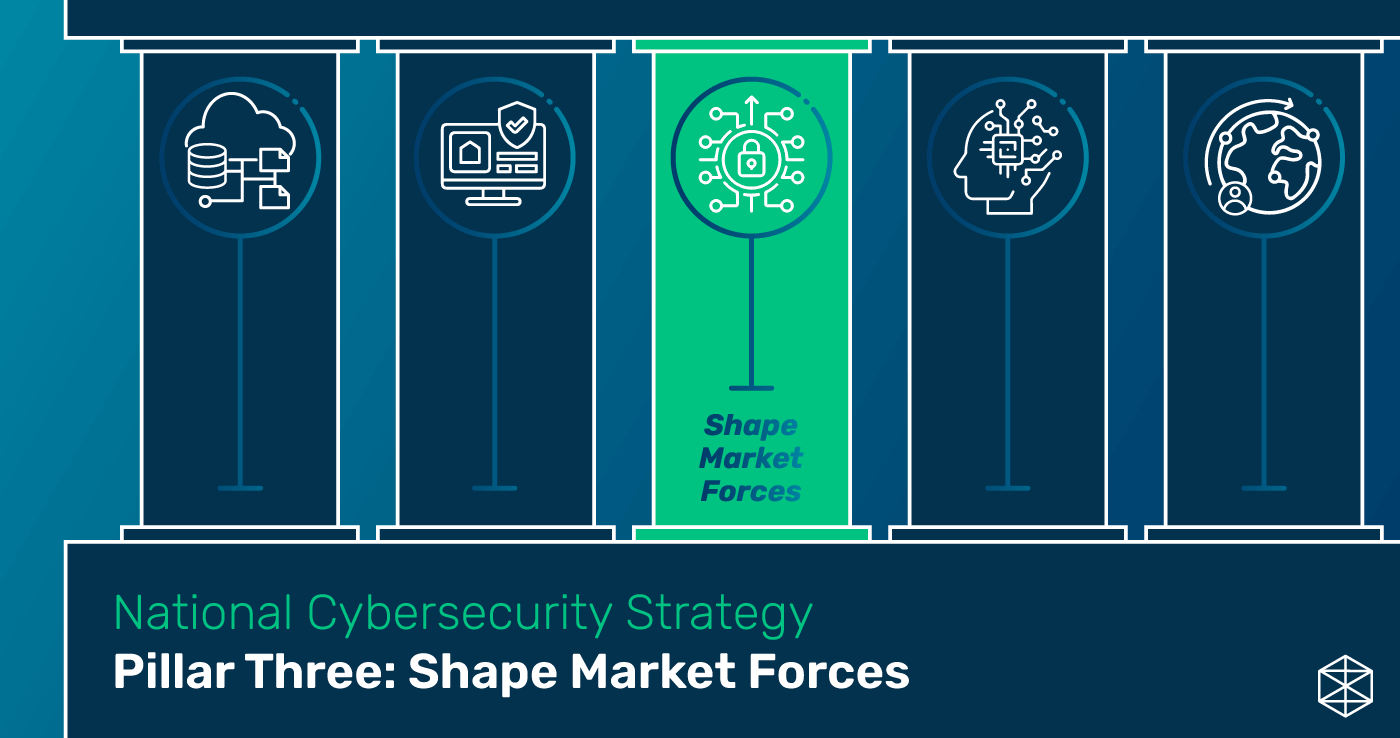
Responsibility of cybersecurity needs to be pushed down to those who are in the best position to reduce risks. Shifting blame away from the most vulnerable points should increase the level of trust within the digital ecosystems. By leveraging market forces instead of diminishing them we are pushing towards a more resilient future.
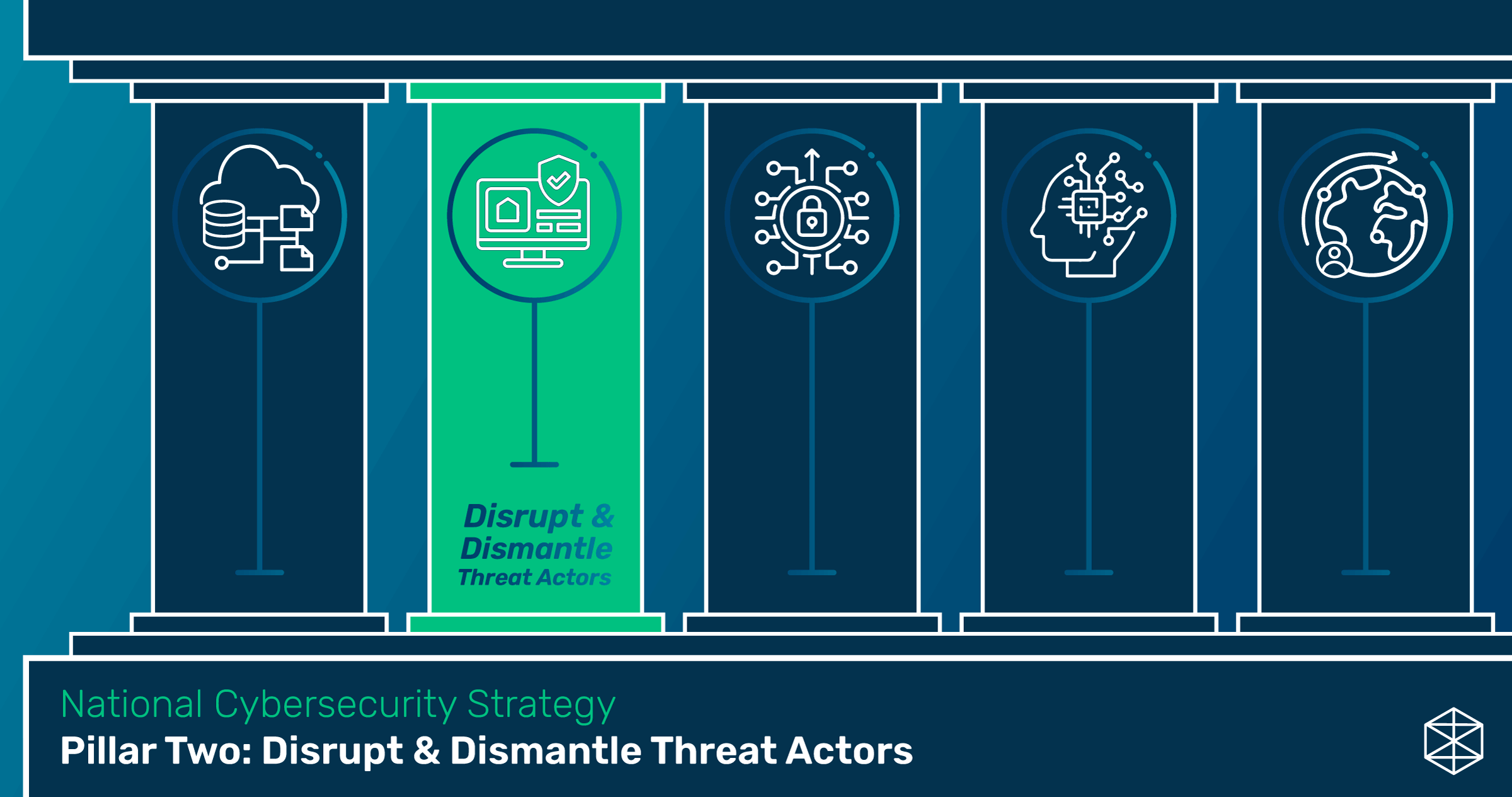
They key to mitigating cybercrimes is disrupting and dismantling the actors perpetrating such offenses. The next great fight is set to take part in the cyber domain. The goal is to disrupt these attacks and the entities initiating them before they can even get started. With the increase of federal resources allocated to this initiative, we have proven successful in frustrating threat efforts by malicious actors, foreign governments, and criminals.

In March of 2023, the federal government drafted and released a National Cybersecurity Strategy. The strategy outlines five pillars that are critical to implementation. In this blog series, we will dive into each pillar and how ZKX will abide by these guidelines and support this strategy.
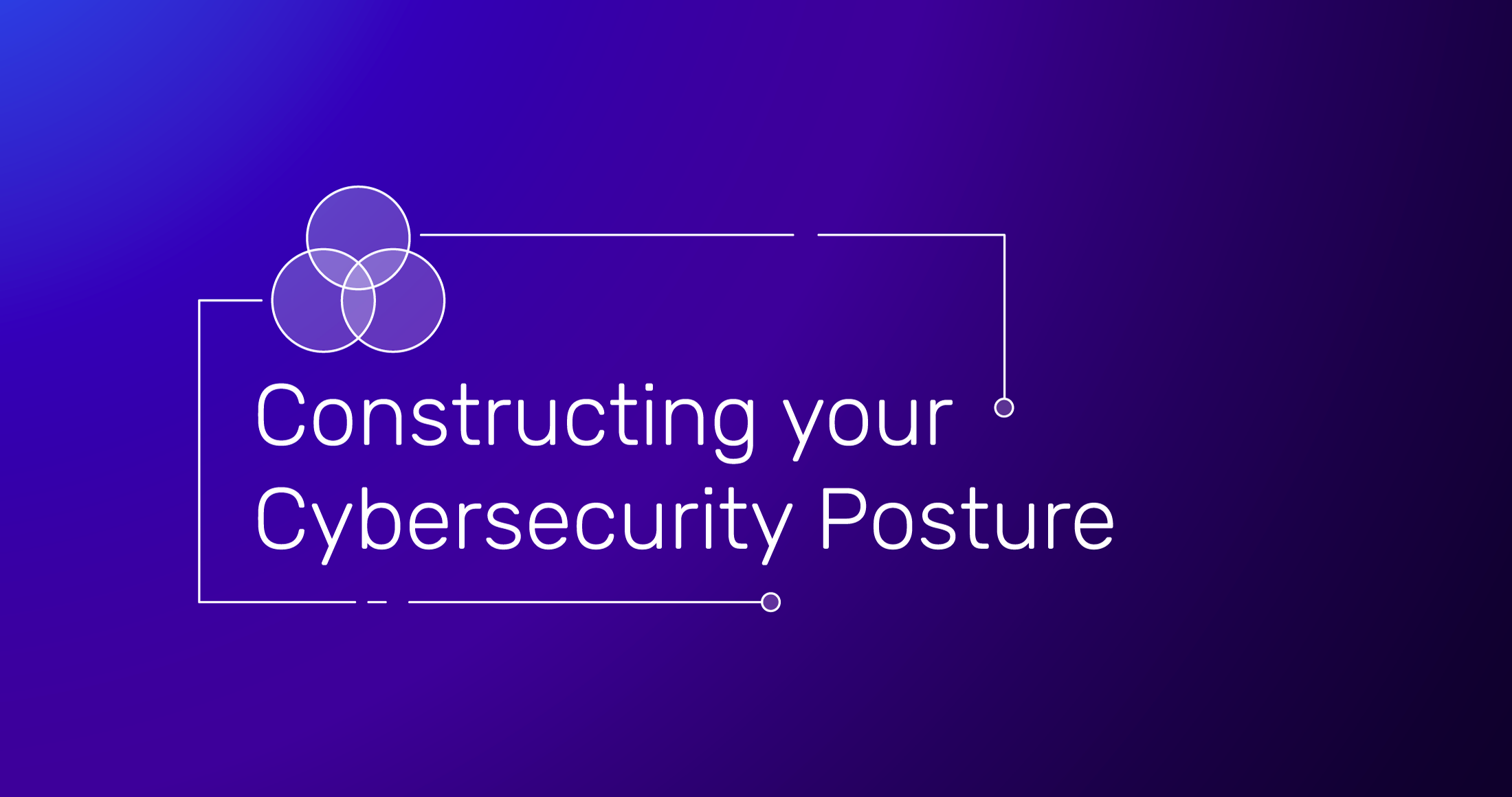
Here at ZKX Solutions, prospective customers or business partners often ask us how we go about structuring a good defensive cyber security posture. In this article, we disucuss the importance of three categories that fully encompass a good defensive cybersecurity posture: policy, technology, and culture.
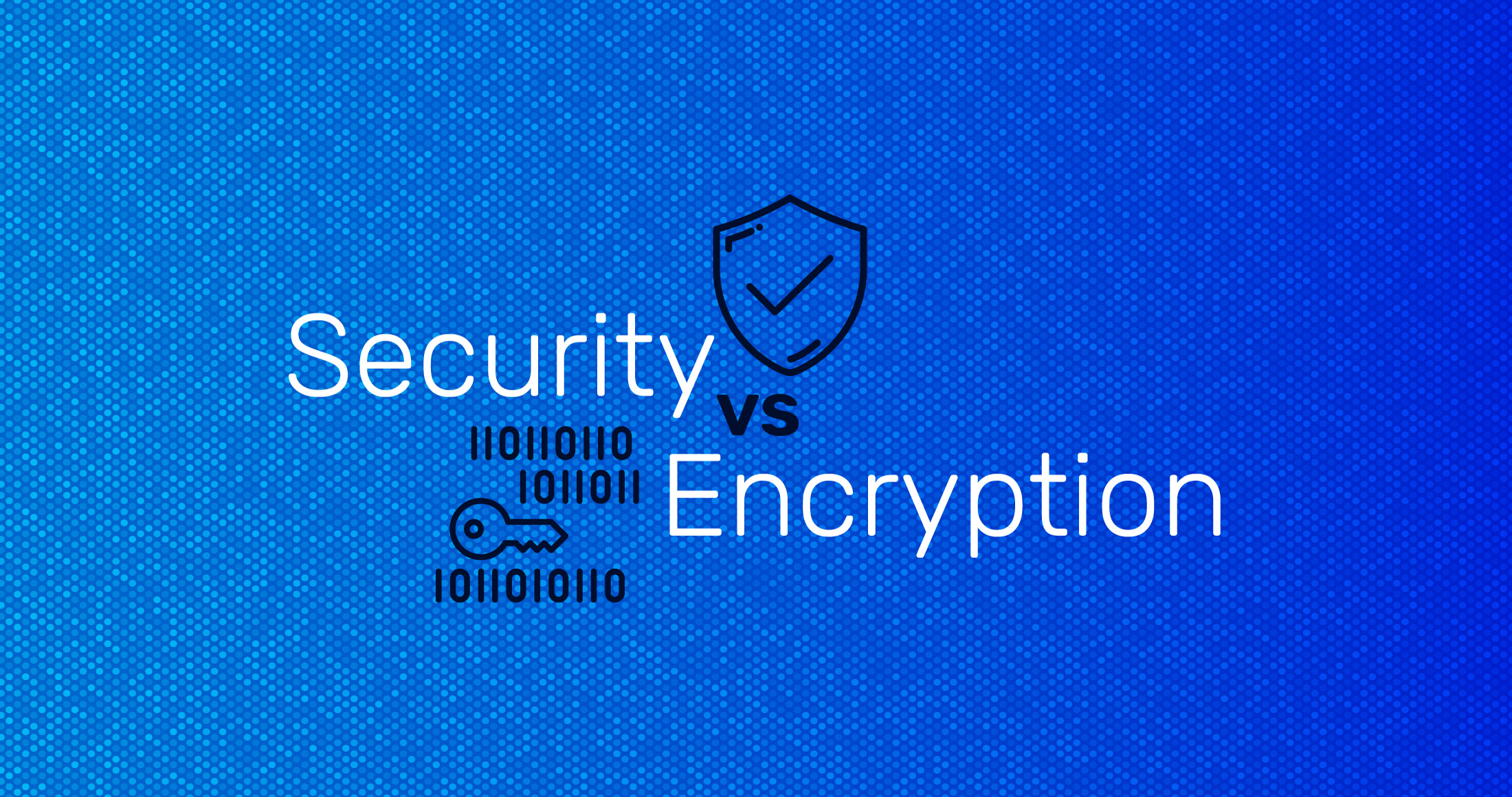
People often link security and encryption together. While they go hand in hand, they are in fact two entirely different concepts. Security is all about protecting data and information, and encryption is just one of the means of accomplishing this.